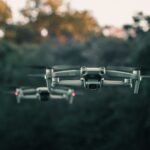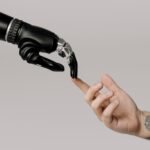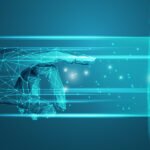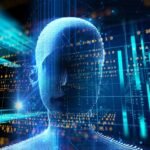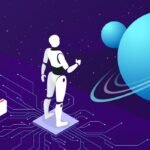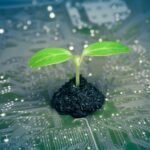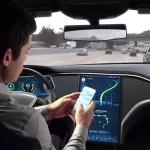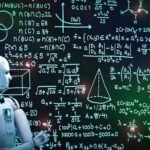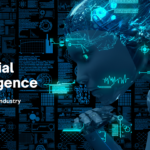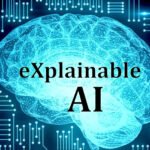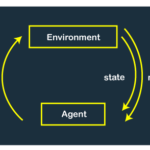AI for Wildlife Tracking: AI-enabled tracking systems for studying animal migration and behavior.
The natural world has always captivated humans with its diversity and mysteries, and the study of wildlife behavior and migration is a crucial endeavor for both conservation and scientific understanding. Thanks to the integration of Artificial Intelligence (AI) technology, the field of wildlife tracking has undergone a transformation, allowing researchers to gain unprecedented insights into the movements and behaviors of various species. In this blog, we will explore how AI-enabled tracking systems are revolutionizing wildlife research, offering new perspectives on animal migration and behavior.
The Power of AI in Wildlife Tracking
Traditional methods of wildlife tracking often relied on manual observation, radio telemetry, or GPS tracking devices. While these methods provided valuable data, they were limited in scope, often constrained by factors like battery life, data storage, and tracking range. Enter AI-enabled tracking systems, which have overcome many of these limitations by harnessing the capabilities of machine learning and data analysis.
AI algorithms, particularly those based on deep learning, have the ability to process vast amounts of data from sensors and cameras in real time. These algorithms can recognize patterns and anomalies that might go unnoticed by human observers. This level of automation and data analysis opens up new avenues for studying animal behavior, migration patterns, and interactions within their ecosystems.
Enhanced Animal Behavior Insights
AI-powered tracking systems can offer unprecedented insights into animal behavior. For instance, researchers can deploy camera traps equipped with AI algorithms to identify and categorize different animal species based on their appearances and behaviors. This technology can reveal activity patterns, social interactions, and feeding habits that were previously difficult to capture.
Migration Pattern Analysis
One of the most exciting applications of AI in wildlife tracking is the study of animal migration. AI algorithms can process GPS data, satellite imagery, and environmental factors to predict migration routes and stopover locations. This is particularly valuable for understanding the impact of habitat loss, climate change, and other environmental factors on migratory species.
Real-time Monitoring and Conservation
AI-powered tracking systems enable real-time monitoring of wildlife, allowing researchers and conservationists to respond swiftly to emerging threats. For example, sensors equipped with AI can detect unusual behaviors or changes in movement patterns, alerting authorities to potential dangers such as poaching or habitat disturbances.
Challenges and Future Directions
While AI-enabled wildlife tracking holds immense promise, there are challenges to overcome. Data privacy, ethical considerations, and the potential for AI bias in data analysis are important aspects that researchers and developers need to address. Ensuring that AI systems are transparent, accountable, and considerate of ethical concerns is crucial for responsible wildlife tracking.
As technology continues to advance, the potential applications of AI in wildlife tracking are boundless. Improved sensor technologies, enhanced data processing capabilities, and collaborations between researchers, technologists, and conservationists will drive the development of even more sophisticated AI-enabled tracking systems.










